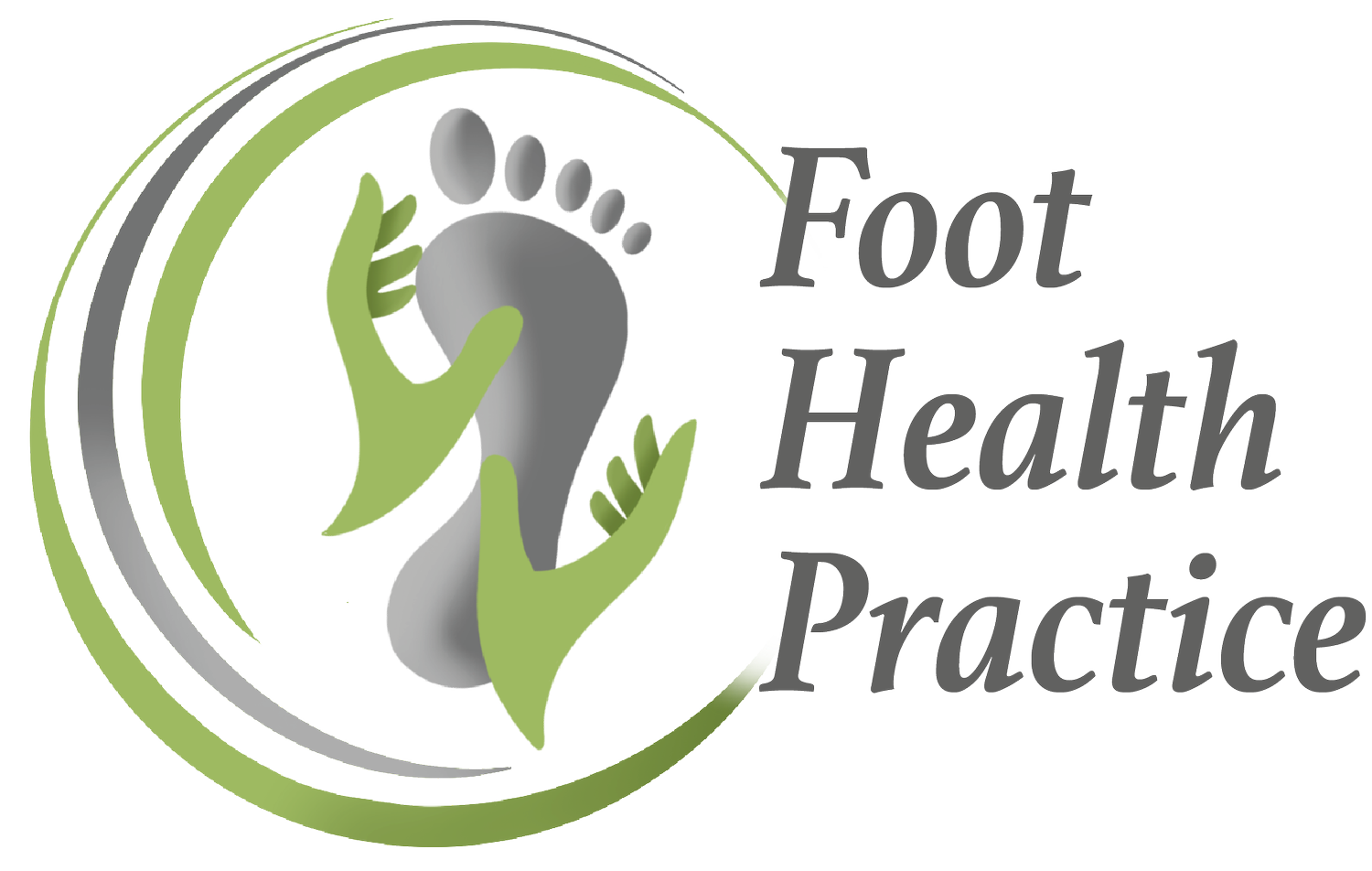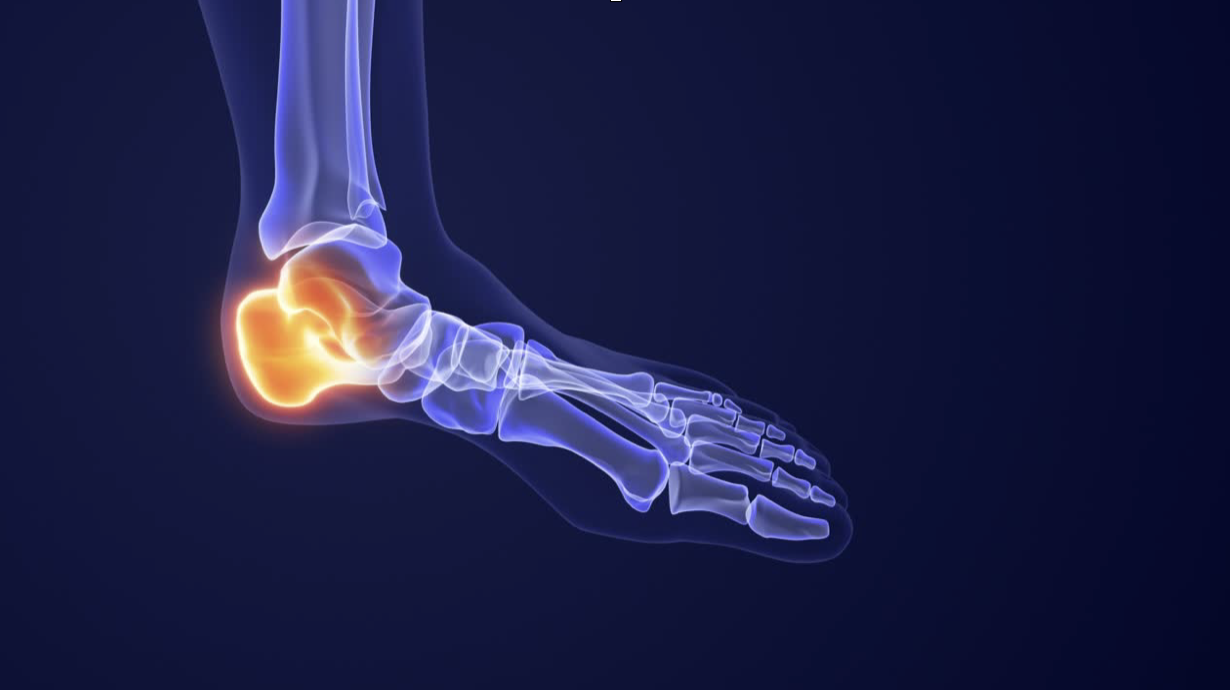Plantar Fasciitis
Plantar Fasciitis is a common condition in adults. The main symptom is pain on the bottom of your foot, around your heel and arch. The pain usually occur with the first few steps in the morning and also at the beginning of daily activity.
Iontophoresis is an innovative technique in treatment of Plantar Fasciitis, that uses a small electricity current to deliver therapeutic medications through the skin barrier and into the affected area. It’s commonly used to target inflamed areas in need of treatment. Few sessions of Iontophoresis reduce pain and inflammation. Studies have shown clinically relevant improvements in plantar fasciitis symptoms using iontophoresis treatment and acetic acid. (https://www.ncbi.nlm.nih.gov/pmc/articles/PMC2465091/).
“Conclusions - Six treatments of acetic acid iontophoresis combined with taping gave greater relief from stiffness symptoms than, and equivalent relief from pain symptoms to, treatment with dexamethasone/taping. For the best clinical results at four weeks, taping combined with acetic acid is the preferred treatment option compared with taping combined with dexamethasone or saline iontophoresis. “
If you’re experiencing heel pain, consult a foot healthcare professional for a proper diagnosis and personalized treatment plan.
THE EARLY INTERVENTION LEADS TO FASTER SYMPTOM RESOLUTION.
Factors causing pain in the calcaneal tubercle area may include:
standing work,
overweight,
excessive tension of the calf muscles,
intensive sports without warming up and stretching the foot muscles, Plantar fasciitis is common in runners.
excessive pronation of the foot,
ill-fitting, uncomfortable footwear,
longitudinal flat feet,
incorrect positioning of the hindfoot,
hollow foot,
atrophy of the fat pad.
sedentary lifestyle.
Plantar fasciitis is a common problem experienced by one in ten people in the population.
The plantar fascia is a structure that connects the calcaneal tubercle to the five toes, and its function is to properly arch the longitudinal arch of the foot and cushion when walking and running. The plantar fascia, as the final element in the transfer of forces generated by the triceps calf muscle to the calcaneus and further to the toes, is often damaged. This aponeurosis is a kind of continuation of the triceps calf muscle and the Achilles tendon, where the calcaneus is the block that changes the direction of forces.
The resulting inflammation of the plantar fascia causes major complications when moving.
Symptoms are a stabbing, non-radiating pain that occurs first thing in the morning in the proximal, plantar part of the foot, which intensifies at the end of the day. The results of the physical examination are often limited to palpation of the proximal plantar fascia attachment in the anteromedial calcaneal region .




